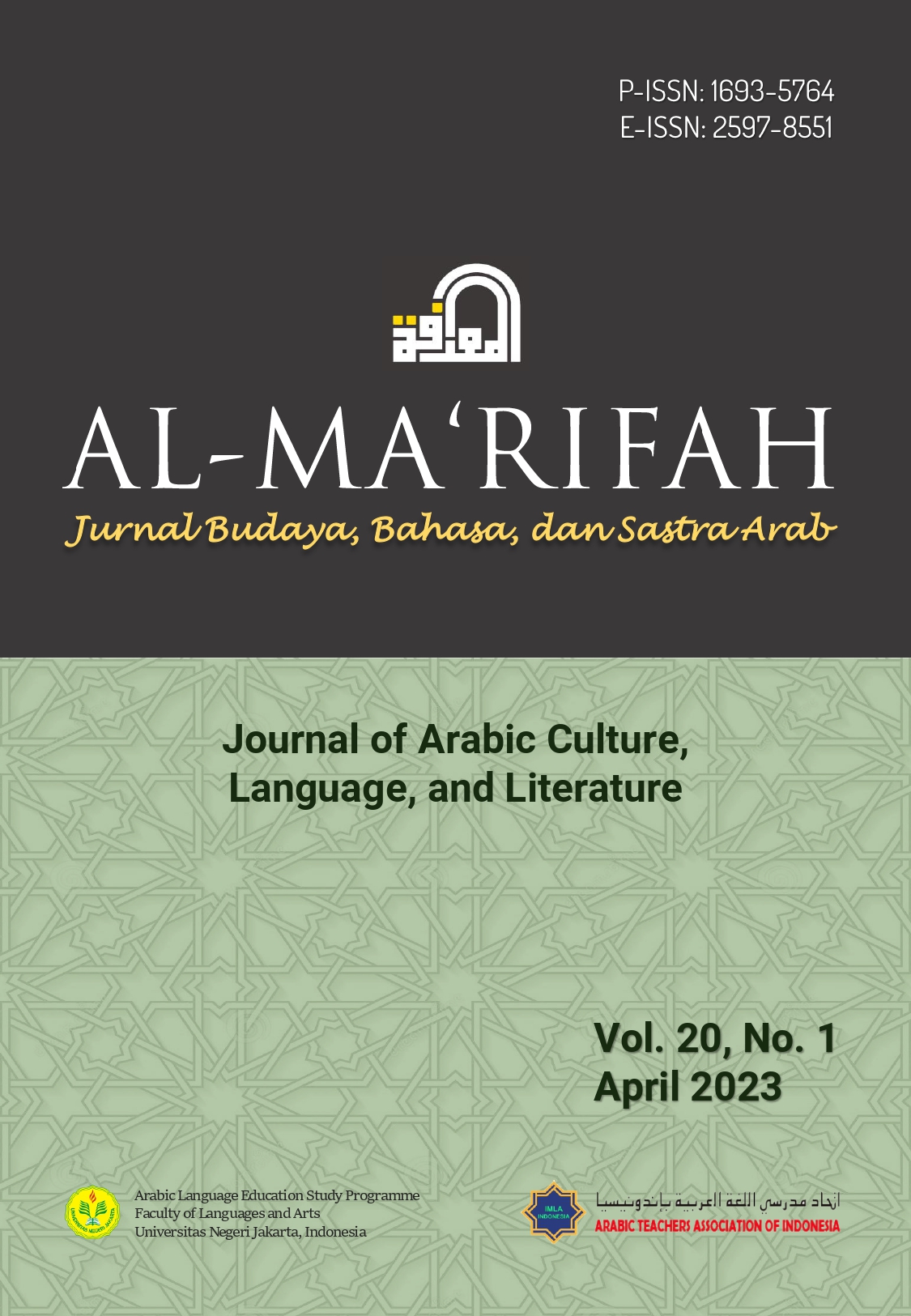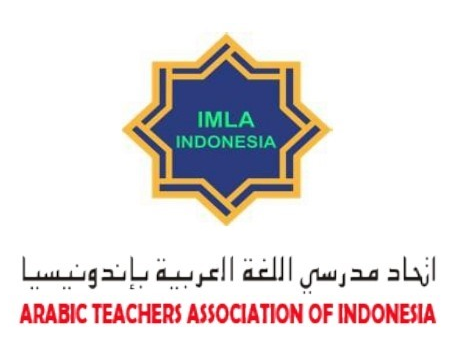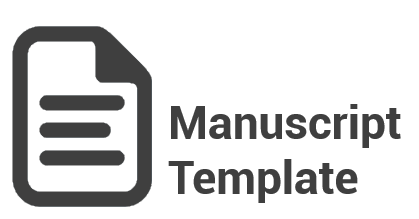Improvement of Mahārat al-Kalām in Arabic Learning through Total Physical Response Method
DOI:
https://doi.org/10.21009/almakrifah.20.01.06Keywords:
Arabic learning, mahārat al-kalām, total physical response, mufradāt masteryAbstract
The Total Physical Response (TPR) learning method was developed by James J. Asher. He argues that direct pronunciation to children or students contains an order, and then children or students will respond physically before producing verbal or speech responses. The aims of this study were (1) to find out how far speaking skills (mahārat al-kalām) in Arabic have increased through the TPR method in MTsN 4 Jombang, and (2) to find out the supporting and inhibiting factors in increasing mahārat al-kalām through the TPR method in MTsN 4 Jombang. This research method uses a descriptive-qualitative approach with data collection techniques using observation, interviews, documentation, and oral tests. The data analysis technique uses data condensation, data display, and conclusion drawing or verification. The results showed that (1) with the TPR learning method, the final test score of Arabic learning for mahārat al-kalām in cycle 1 was 74.3% (good). After being given referrals again in cycle 2, it reached 87.6% (very good); (2) The supporting factors that influence speaking activities are language (linguistics) and non-linguistics, while the inhibiting factors are more dominant due to a lack of vocabulary (mufradāt) mastery.
References
Addiny, A., & Hamidah, T. (2022). Rahasia bahasa Arab sebagai kalam Ilahi: Pandangan ahli tafsir. Al-Munir: Jurnal Studi Ilmu Al-Qur’an dan Tafsir, 4(1) 1–29. Retrieved from http://jurnalalmunir.com/index.php/al-munir/article/view/104
Adisianto, A. Z., Rois, I. N., & Putri, F. R. (2020). Orientasi belajar bahasa Arab di era revolusi industri 4.0. Prosiding Seminar Nasional Bahasa Arab (Semnasba) IV, 4, 206–214). Retrieved from http://prosiding.arab-um.com/index.php/semnasbama/article/view/572
Afifah & Mashuri, I. (2022). Pengaruh penggunaan metode totally physical responce (TPR) terhadap keterampilan berbicara mata pelajaran bahasa Arab MI Miftahur Rahman Benowo Surabaya. Incare: International Journal of Educational Resources, 3(1) 29–38. Retrieved from http://www.ejournal.ijshs.org/index.php/incare/article/view/388
Ahmala, M., Azizah, A. N., & Ningsih, A. W. (2021). Maharah lugawiyah dalam pembelajaran daring bahasa Arab. Lisanan Arabiya: Jurnal Pendidikan Bahasa Arab, 5(1) 35–50. doi:10.32699/liar.v5i1.1768
Al-Ghamdi, M. A. (2021). Examining second language written output: A case study of a Saudi University masters EFL students. International Journal of English Language and Linguistics Research, 9(8) 30–40. Retrieved from https://eajournals.org/ijellr/vol-9-issue-8-2021/examining-second-language-written-output-a-case-study-of-a-saudi-university-masters-efl-students/
Al-Ghozali, M. D. H., & Wahyudi, A. (2021). Penggunaan model pembelajaran maharah al-kalam berbasis teori konstruktivisme terhadap hasil belajar siswa-siswi Madrasah Tsanawiyah Empat Lima Assa’adah Sambeng Lamongan. Journal of Education and Management Studies (JoEMS), 4(5) 53–60. Retrieved from http://ojs.unwaha.ac.id/index.php/joems/article/view/570
Amalia, R., Nuha, M. A. U., & Nashoih, A. K. (2022). Development of Kosbarab learning media to improve Arabic vocabulary mastery of elementary level students based on android construct 2. Al-Ta’rib : Jurnal Ilmiah Program Studi Pendidikan Bahasa Arab IAIN Palangka Raya, 10(2) 145–158. doi:10.23971/altarib.v10i2.4529
Andrian. (2022). Improving students’ present progressive by using TPR. Almufi: Jurnal Pendidikan, 2(1) 9–13. Retrieved from http://almufi.com/index.php/AJP/article/view/121
Anshori, M., & Iswati, S. (2019). Metodologi penelitian kuantitatif: Surabaya: Airlangga University Press.
Antika, R., & Sari, E. M. (2022). Developing character-based English teaching materials for elementary school students through Total Physical Response (TPR). Al-ishlah: Jurnal Pendidikan, 14(3) 3121–3134. doi:10.35445/alishlah.v14i3.980
Cahyani, N., Duyo, R. R., & Jihad, A. (2022). Using total pshycal response (TPR) and direct method to improve students’vocabulary mastery at SMK LPP UMI Makassar. Journal English Education, 3(2) 21–29. Retrieved from http://ojs.stkip-ypup.ac.id/index.php/bi/article/view/853
Dullah, S. (2021). Meningkatkan motivasi belajar bahasa Inggris melalui metode Total Physical Responce (TPR) pada siswa kelas IX.7 SMP Negeri 1 Parepare tahun pelajaran 2016/2017. Jurnal Pendidikan Biharul Ulum Ma’arif, 4(3) 1333–1343. Retrieved from https://www.jurnalpendidikanbum.com/index.php/jpbum/article/view/77
Fadlan, A., Ridwan, Nopriansyah, U., & Nurfaizah. (2021). Penerapan metode TPR (Total Physical Respone) dalam pembelajaran bahasa Inggris anak usia dini. Al-Athfaal: Jurnal Ilmiah Pendidikan Anak Usia Dini, 4(1) 137–151. doi:10.24042/ajipaud.v4i1.8619
Fitrah, M., & Luthfiyah. (2018). Metodologi penelitian: Penelitian kualitatif, tindakan kelas & studi kasus. Sukabumi: Jejak Publisher.
Ghofur, A., Putri, A. N., & Farda, F. U. S. (2019). Kajian teoritis: Tujuan kurikulum pada mata pelajaran bahasa Arab. Ihtimam: Jurnal Pendidikan Bahasa Arab, 1(1) 19–38. doi:10.36668/jih.v2i2.215
Helwe, C., & Elbassuoni, S. (2019). Arabic named entity recognition via deep co-learning. Artificial Intelligence Review, 52, 197–215. doi:10.1007/s10462-019-09688-6
Husna, A., & Arrodhi, M. H. (2019). Learning the Arabic language with Busuu application. ICOLEESS: International Conference on Language, Education, Economic and Social Science, 1(1) 22–31. Retrieved ftom https://proceedings.iaipd-nganjuk.ac.id/index.php/icoleess/article/view/15
Ishak & Mulyanah, E. Y. (2019). Improving the English skill of primary teachers through the Total Physical Response (TPR) method. JPsd: Jurnal Pendidikan Sekolah Dasar, 5(2) 150–158. Retrieved from http://jurnal.untirta.ac.id/index.php/jpsd/article/view/5895
Jubaedah, E., & Nurfadilah, S. (2022). Penerapan metode total physical respons (TPR) melalui kegiatan gerak lagu dalam meningkatkan kemampuan motorik anak usia dini kelompok A di RA Ma’arif Al-Ikhlas. Jurnal Pendidikan Islam Anak Usia Dini (Anaking), 1(1) 1–7. Retrieved from https://journal.stai-musaddadiyah.ac.id/index.php/ja/article/view/219
Neche, C., Belaid, A., & Kacem-Echi, A. (2019). Arabic handwritten documents segmentation into text-lines and words using deep learning. International Conference on Document Analysis and Recognition Workshops (ICDARW), 6, 19–24. doi:10.1109/ICDARW.2019.50110
Nuha, M. A. U. (2019). Musāhamat barnāmij al-takhaṣṣus fī tanmiyat mahārat al-qirā’ah fī al-madrasah al-‘āliyah. IJ-ATL (International Journal of Arabic Teaching and Learning), 3(2), 25–49. doi:10.33650/ijatl.v3i2.1056
Nuha, M. A. U, & Musyafaah, N. (2022). The implementation of quality management curriculum in Arabic learning. Arabiyatuna: Jurnal Bahasa Arab, 6(2) 417–438. doi:10.29240/jba.v6i2.5137
Nuha, M. A. U, & Faedurrohman. (2022). Manajemen perencanaan kurikulum bahasa Arab: Tinjauan ontologi, epistemologi dan aksiologi. Al-Muyassar: Journal of Arabic Education and Arabic Studies, 1(2) 203–224. doi:10.31000/al-muyassar.v1i2.6488
Pahri. (2021). The implementation of Total Physical Response (TPR) method in improving Arabic speaking skills. Tanwir Arabiyyah: Arabic As Foreign Language Journal 1(2) 63–72. doi:10.31869/aflj.v1i2.2872
Prananti, A., Ratminingsih, M., & Marjohan, A. (2019). The study of TPR implementation in teaching listening and speaking for elementary school at SD Laboratorium Undiksha Singaraja in the academic year 2013/2014. Jurnal Pendidikan Bahasa Inggris Undiksha, 7(2) 1–10. Retrieved from https://ejournal.undiksha.ac.id/index.php/JPBI/article/view/20388
Rahman, T. (2018). Aplikasi model-model pembelajaran dalam penelitian tindakan kelas. Semarang: Pilar Nusantara.
Ridlo, U. (2019). Language environment based on multiple intelligences at Islamic boarding school. Arabiyat: Jurnal Pendidikan Bahasa Arab dan Kebahasaaraban, 6(1), 108–130. doi:10.15408/a.v6i1.11189
Selviani, Ardini, P. P., & Jamin, N. S. (2022). Pengaruh metode Total Physical Response (TPR) terhadap kosakata anak: Penelitian eksperimen pengenalan bahasa Inggris di kelompok B. Student Journal of Early Childhood Education (SJECE), 2(2) 29–43. Retrieved from https://ejournal-fip-ung.ac.id/ojs/index.php/SJECE/article/view/1441
Suratman & Febriani, S. R. (2021). Optimizing Arabic speaking skills based on integration of learning theory framework in higher education. Arabiyat: Jurnal Pendidikan Bahasa Arab dan Kebahasaaraban, 8(1), 75–89. doi:10.15408/a.v8i1.20423
Wang, Y., Derakhshan, A., & Zhang, L. J. (2021). Researching and practicing positive psychology in second/foreign language learning and teaching: The past, current status and future directions. Frontiers in Psychology, 12, 1–10. doi:10.3389/fpsyg.2021.731721











